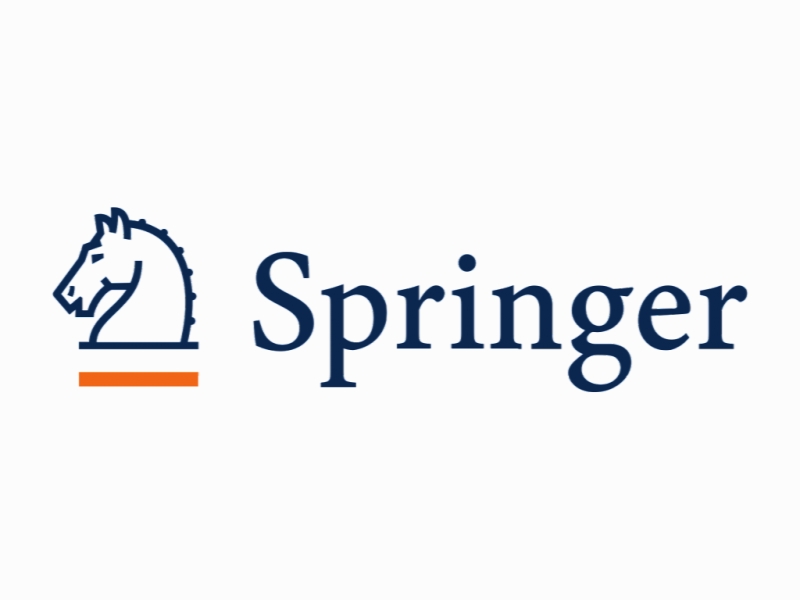هنر درمانی پزشکی در آینده: ساختن یک جهان تعاملی مجازی زیر آبی در بیمارستان کودکان Medical Art Therapy of the Future: Building an Interactive Virtual Underwater World in a Children’s Hospital
- نوع فایل : کتاب
- زبان : انگلیسی
- ناشر : Springer
- چاپ و سال / کشور: 2018
توضیحات
رشته های مرتبط پزشکی، روانشناسی
گرایش های مرتبط پزشکی کودکان
مجله هوش محاسباتی در موسیقی، صدا، هنر و طراحی – Computational Intelligence in Music Sound Art and Design
دانشگاه St Lucas School of Arts Antwerpen (BE) – Antwerpen – Belgium
منتشر شده در نشریه اسپرینگر
کلمات کلیدی انگلیسی Procedural generation, Autonomous agents, Motion sensing Quality of life, Evidence-based
گرایش های مرتبط پزشکی کودکان
مجله هوش محاسباتی در موسیقی، صدا، هنر و طراحی – Computational Intelligence in Music Sound Art and Design
دانشگاه St Lucas School of Arts Antwerpen (BE) – Antwerpen – Belgium
منتشر شده در نشریه اسپرینگر
کلمات کلیدی انگلیسی Procedural generation, Autonomous agents, Motion sensing Quality of life, Evidence-based
Description
1 Introduction Children often experience a hospital stay as a setback in their life. Above all, they want to be like other healthy children: attend school and play with friends. Children may be hospitalized for a number of reasons, including diagnostic workup, postoperative care, and treatment for acute or chronic diseases or even psychological illness. During their hospital stay they are subject to stress because they are away from their safe home or because they do not understand yet why medical procedures are necessary. They may feel lonely because they are away from their family or they may be bored because they cannot play with their school friends [1–8]. This can lead to behavioral changes in the form of active responses (e.g., crying, yelling, aggression), passive responses (e.g., excessive sleeping, withdrawal, bedwetting) and psychological upset. The support efforts of hospital staff are commendable but their time is limited and their main concern is of course to treat the illness efficiently. Hospital staff is not always available to organize or play games. Also, hospital infrastructure is typically designed to be functional and perceived as “cold”. A growing number of studies suggest that our surroundings have an impact on our wellbeing [9–12]. For example, nature or depictions of nature, like a view on trees or a landscape painting, have a positive effect on the mental wellbeing of hospitalized patients [13, 14]. New hospitals take this into consideration by for example transforming their entrance hall into a plaza with playgrounds and an indoor garden, their hallways into an exhibition space, their patient rooms into homely bedrooms, and so on. In short, spaces that we identify as comfort zones [15–17]. For example, the Nationwide Children’s Hospital (Ohio, US) has a meeting place for parents, children and staff that is decorated as a “magic forest” with large trees and animals.1 However, such architectural projects are also expensive. In the context of e-health [18] and serious gaming [19] affordable virtual alternatives are being considered more and more often. For example, the Great Ormond Street Hospital (London, UK) has LED wallpaper with animals that help children relax by accompanying them to the operating room.2 In Sect. 2, we discuss the current state of art therapy in pediatric medicine, and how new technologies can be applied to create new opportunities in this area. In Sect. 3, we outline our own approach, an immersive virtual underwater world, and its reception with hospitalized children.


